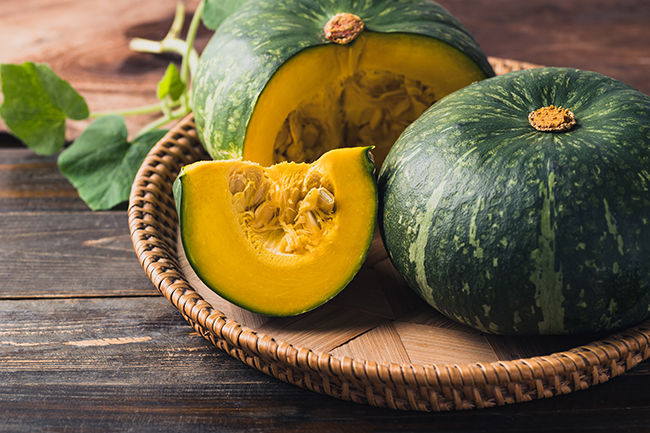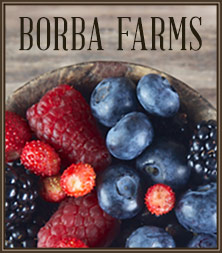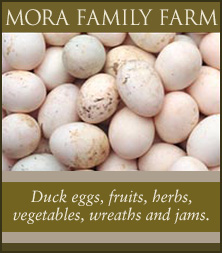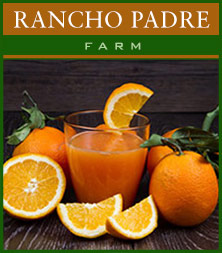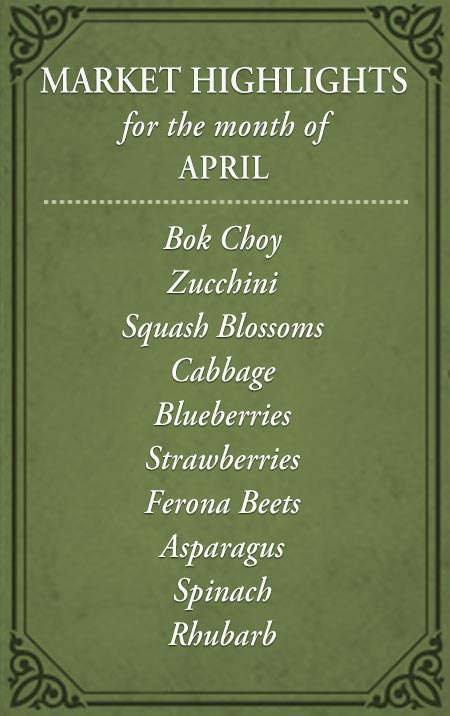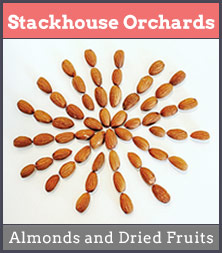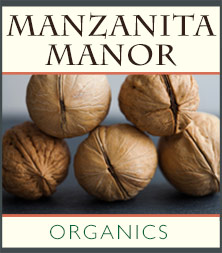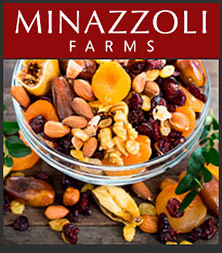Kabocha squash, with its distinctive flavor, sublime texture, and culinary versatility, has earned its place as a favorite among winter squashes. What sets this squash apart is not only its delectable taste but also its minimal waste, as you can also eat the tender skin and roast the seeds like pumpkin seeds.
A Flavorful Fusion
Kabocha squash is lauded for its unique flavor and texture, which can be likened to a cross between a pumpkin and a sweet potato. Some even detect a delightful mild nutty undertone in its taste profile. Visually, it resembles a squat, round green pumpkin with a dull skin, typically weighing in at around 2 to 4 pounds, while the flesh exhibits a rich yellow-orange hue.
A Journey Through History
The fascinating history of kabocha squash is intertwined with global exploration. Squash is believed to have originated in South America. It was first brought to Asia and Europe by Portuguese explorers and introduced kabocha squash to Japan in the 1500s, leading to its alternative moniker, “Japanese pumpkin.” However, its journey might have been even more extensive, with suggestions that it found its way to Japan via China, earning it the name “Nanking Melon.” The squash’s ability to endure long journeys and remain well-preserved made it a valuable cargo for Spanish sailors. In modern times, California, a significant producer of kabocha squash, exports much of its yield back to Japan.
Nutritional Bonanza
Kabocha squash not only delights the palate but also offers a nutritional bonanza. One cup of cooked kabocha squash contains approximately 100 calories and is rich in fiber, especially when consumed with the skin intact. Kabocha squash provides vitamins A and C, some B vitamins, calcium, iron, and fiber. The seeds of the Kabocha squash also contain a significant amount of zinc.
Selecting the Perfect Kabocha
When shopping for kabocha squash, keep an eye out for specimens with blemish-free skin, devoid of soft moldy spots.
Kabocha squash can be substituted for recipes where you might use butternut or acorn squash. Steam it to create a purée for pumpkin pie — in fact, we like it better than pumpkin for pie!
How to Store
Thanks to its robust, hard skin, kabocha squash boasts an impressive shelf life. You can store it for up to a month in a cool, dark place, provided it remains uncut. If using only a small portion of the squash, simply wrap the remaining pieces in plastic and store them in the fridge for up to a week.
RECIPES: Click here for a selection of our favorite recipes.


